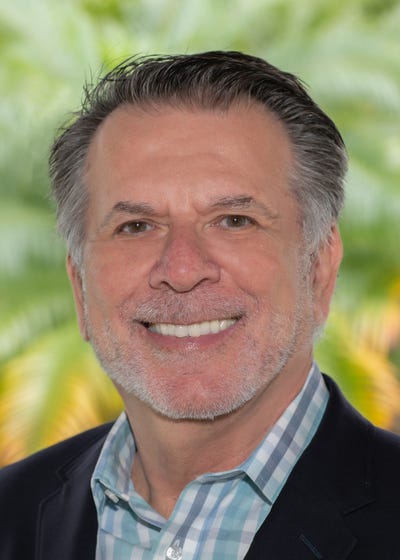The Future of 401(k) Managed AccountsThe Future of 401(k) Managed Accounts
It may determine the fate of retirement income as a whole.

At a recent TPSU training program, Fisher Investment’s Jonathan Dues made the case for managed accounts. One plan sponsor asked why she needed it, as her retirement plan advisor provided guidance to her employees. Why incur additional expenses?
The reality is that even the most well-intentioned RPA with significant resources cannot effectively work with every employee. Most still focus on the Triple Fs (fees, funds, and fiduciary), and even the most resource-rich retirement advisory firms do not have a vetted wealth stack like wealth managers, who, by the way, are not equipped to help the less wealthy at scale.
That’s where managed accounts are supposed to come in. The need for personalization will only continue and will not be fulfilled by target date funds, which were never intended to be the ultimate solution. Even though they reached $3.5 trillion in 2023, according to Sway Research, they are still garnering the vast majority of new assets, and there is no end in sight.
In theory, managed accounts are much better than TDFs, even personalized ones, which have yet to gain traction. But without robust data or engagement, managed accounts are just expensive TDFs as claimed by participants in the recent Bechtel lawsuit.
At an industry conference for institutional plan sponsors, a large plan said its research indicated that participants in managed accounts fared no better than those in TDFs even though they paid an extra 25 bps. When I asked an Edelman Financial Engines executive about this, he said, “Don’t compare us to TDFs—compare us to a financial advisor who charges 100 bps.”
When I asked him to clarify, he said that they have 90 phone reps, which 20% of managed account users access. Though impressive, I was not convinced that a managed account is anywhere close to a financial advisor.
But a light went off for me at the TPSU program—if, in fact, the plan’s RPA does meet with all participants, why not just focus on getting the data needed to fully leverage managed accounts that can allocate and rebalance while the advisor briefly checks in with participants to determine if any adjustments are required? Though not a full-service financial planner, it is still better than a TDF.
One caveat - younger workers years away from retirement are still better off using less expensive TDFs with a focus on increasing contributions through auto-escalation, as advocated by a recent NEPC whitepaper.
Ideally, data will drive personalization without having to engage participants, but the data is limited, sometimes withheld, often incorrect, and fraught with privacy issues. Participant engagement is the holy grail for many things, but especially managed accounts and retirement income.
So, if an advisor, maybe a junior staff member, periodically checks in with participants driven by whatever data is available, not only can they adjust the managed account, but they can customize the imbedded retirement income for older workers. One engagement leads to another, building relationships and trust as well as more robust data.
Like saving for retirement, the likely only way to get significant retirement income adoption is if we do it automatically for them, requiring them to opt out rather than in. Even the father of the auto plan, UCLA Professor Shlomo Benartzi, agrees that engagement and personalization are required for retirement income, which, while not as critical for saving, would have made it better.
The lack of data and engagement makes managed accounts costs seem high. And while prices are bound to come down, if advisors leverage managed accounts as a tool to personalize investing and get more engagement, then the path to retirement income is much easier as is providing advice at scale to the masses.







